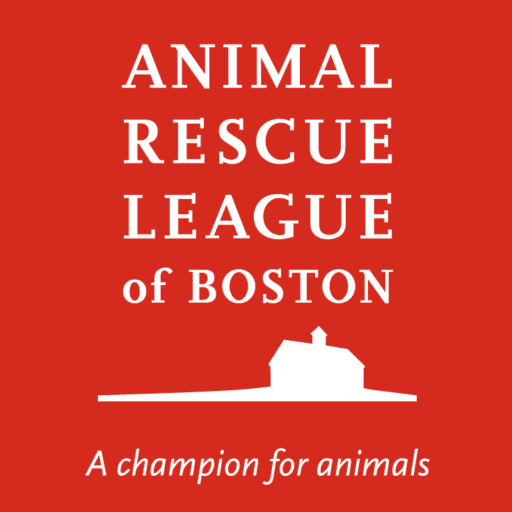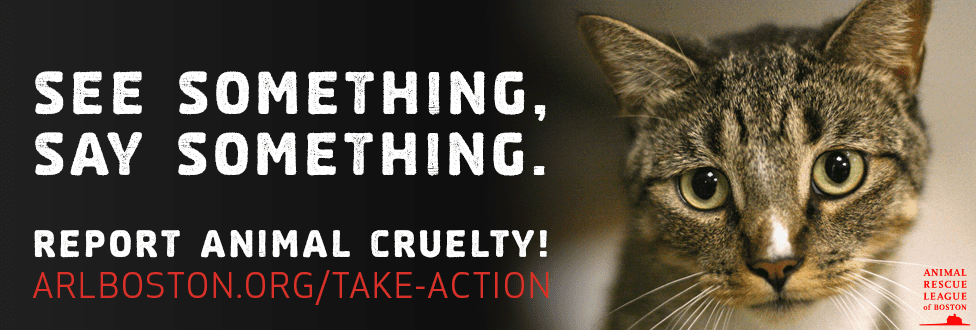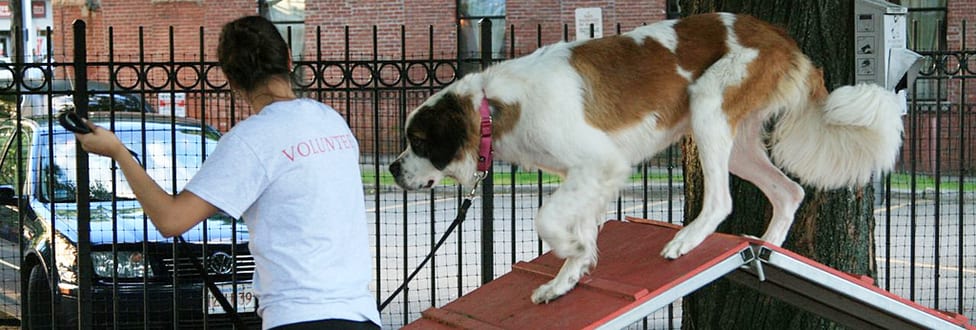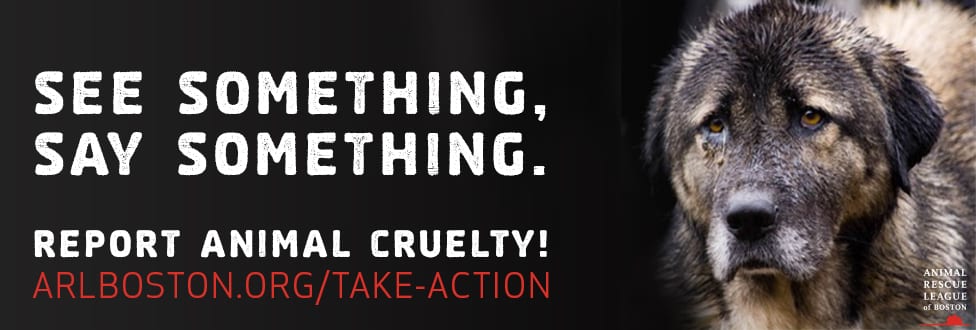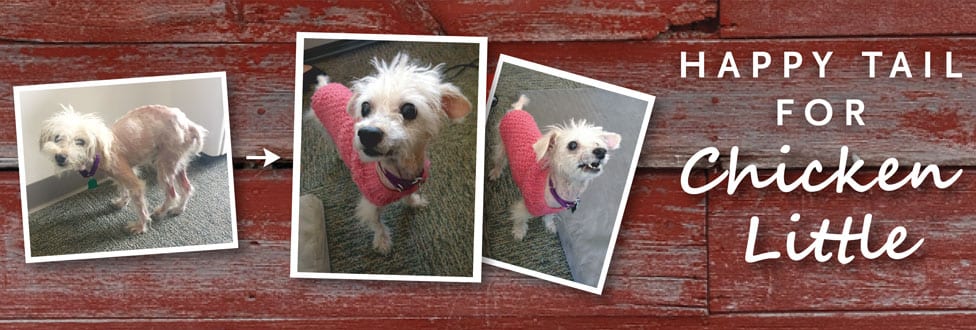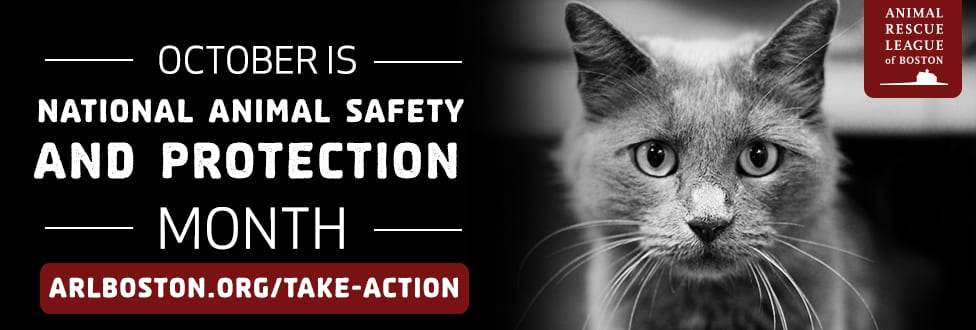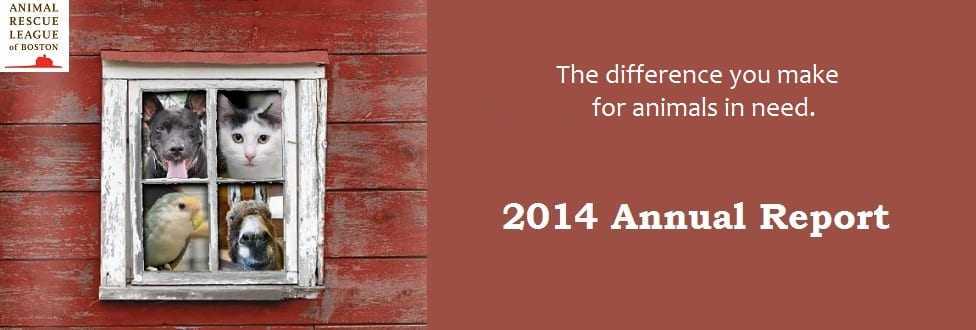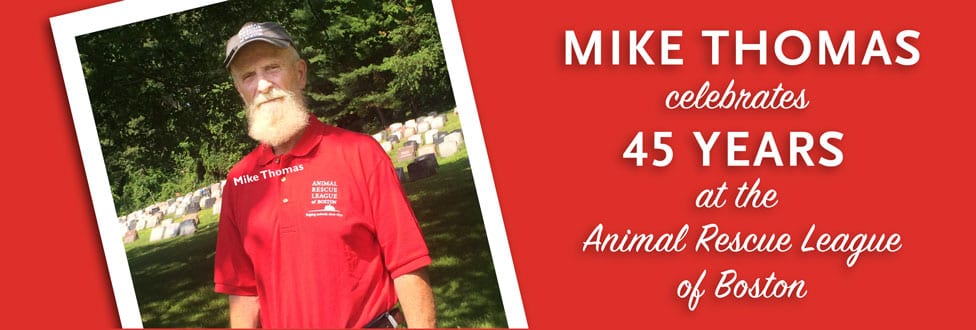ARL’s Law Enforcement Team On the Scene in Westport, MA
Donations during Cruelty Prevention Fund Drive support animal protection work
Every day, the ARL’s law enforcement team is out in cities and towns, offering valuable expertise to local authorities in animal cruelty investigations and support with animals who need more extensive veterinary aid.
Though much of the team’s work is focused on preventing a situation where animals and people are at risk, they are also on the scene in a crisis…as was the case in Westport, MA a few weeks ago.
In September, Westport police department and animal control contacted the ARL for help with recovering animals from an abandoned home.
“The house was in poor condition with fleas, animal feces on the floor with large amounts of both wet and dry clutter,” according to police.

To prevent sad and disturbing situations such as the Westport case, we urge citizens to report concerns about animal cruelty to local authorities before it’s too late.
In total, 6 animals were discovered: 2 deceased dogs, 1 deceased lizard, and 3 cats in very poor condition. Investigators could not find adequate food or water in the house.
The two decaying American Eskimo dogs were estimated to be about 6 and 12 years old. One was found inside of a large trash bag and had appeared to be dead for quite some time. The other dog was discovered behind a pile of garbage bags inside the bedroom closet with a choke-chain around its midsection and a partially eaten paperback book in its mouth.
Investigators also found a deceased bearded dragon in a dirty terrarium, and a litter box overflowing with feces.
The ARL brought the three cats to our Boston shelter for emergency medical care. Sadly, one of the cats was in such poor physical condition, he passed away shortly after arrival. The two remaining cats were examined and treated for fleas and other parasites. Fortunately, they did not experience any serious complications and were medically cleared for adoption!
With assistance from the ARL’s law enforcement team, Westport police charged three suspects who formerly resided at the home with 6 counts of animal cruelty last Wednesday. The ARL will continue to support the prosecution of this case.
Your donations during the Cruelty Prevention Fund Drive are absolutely critical to ensuring the ARL’s law enforcement team is ready to answer the call for help!
The ARL receives no government funding to provide this kind of assistance to local authorities and animals in distress.
YOU CAN HELP PREVENT ANIMALS FROM FUTURE HARM!
An anonymous donor who has a strong belief in caring for and protecting animals has challenged us to triple a $5,000 donation and raise $15,000 before the end of October to support the ARL’s law enforcement team.
And with just 11 days left to go, we have $5,000 left to raise to make our goal!
All donations to ARL’s Cruelty Prevention fund drive will help pay for the on-going efforts of our law enforcement team to provide animals in need with assistance.
As a SPECIAL THANK YOU from an anonymous donor… Donate $100 or more by Thursday, October 22, and you will automatically be entered to win Boston Celtics tickets* for you and a friend!
Click here or on the DONATE button below to make a donation to the ARL’s Cruelty Prevention Fund Drive.
VERY SPECIAL THANKS to our anonymous challenge donor, our anonymous Celtic’s tickets donor, and everyone who has made a donation to support animals in need during the ARL’s Cruelty Prevention fund drive!
*(2) tickets to see the Boston Celtics vs. the Atlanta Hawks at the TD Garden on Friday, December 18, 2015. Seats are in Loge 6.
